Build an Outdoor Sink (Part Two) – Connecting the Water Supply
So, I’ve already shared how I built my own DIY outdoor sink. Now, I will share how to install the outdoor sink faucet and make the connection between the faucet adapter on the stainless steel sink to the garden hose! It is such an easy set-up and I cannot help but be excited over the fact that having a DIY outdoor sink station is so convenient!
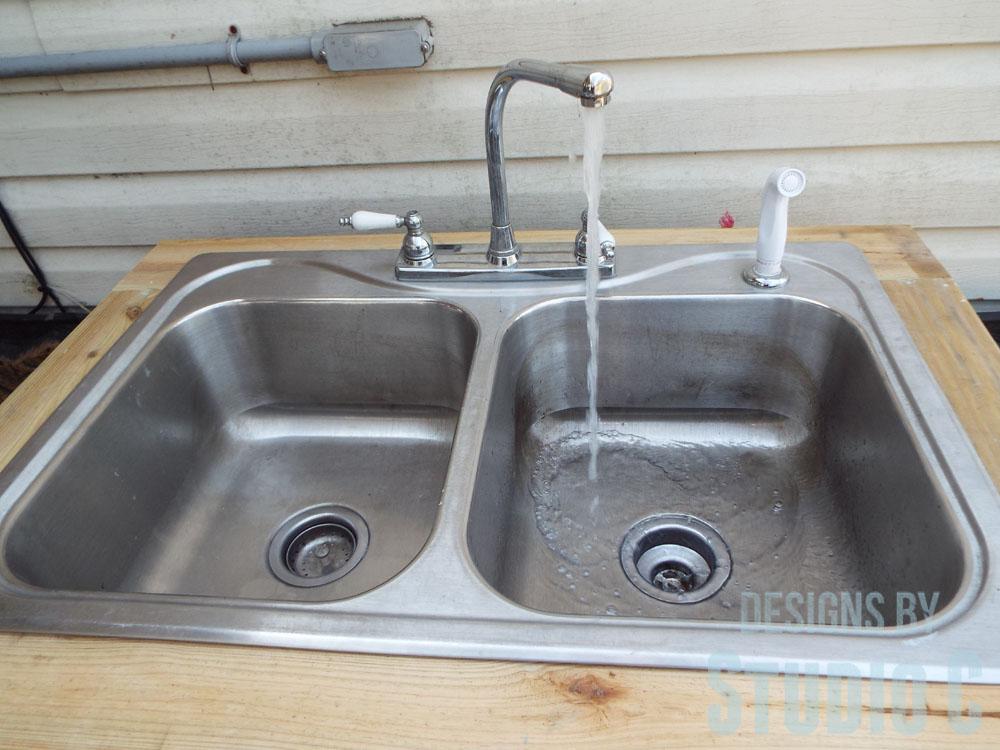
Having an outdoor sink that hooks to the hose is incredibly convenient, especially for filling pet water dishes, rinsing paint brushes, or even to get a drink of water!
Materials:
- 1 faucet connector (water supply) at 12″ – 1/2″ FIP to 3/8″ COMP (<- affiliate link!)
- 1 straight plumbing connector – 1/2″ MIP/outlet 3/8″ OD (<- affiliate link!)
- 1 brass hose connector – double female swivel 1/2″ NPS male to 1/2″ male hose (should be found in the garden area of any home improvement store) (<- affiliate link!)
- Roll of Teflon tape (<- affiliate link!)
- “Y” splitter for spigot (<- affiliate link!)
- 6′ leader hose (<- affiliate link!)
- 16″ plastic slip joint center continuous waste outlet (the same type of T-shaped drain that is probably under the kitchen sink) (<- affiliate link!)
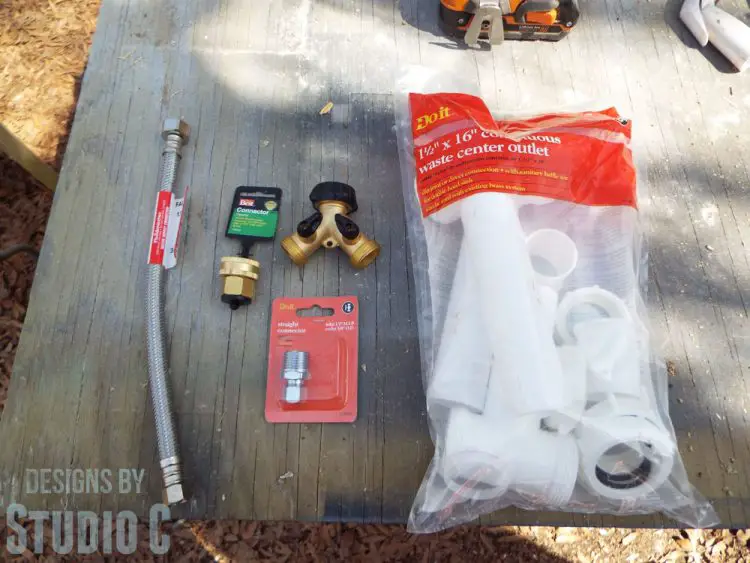
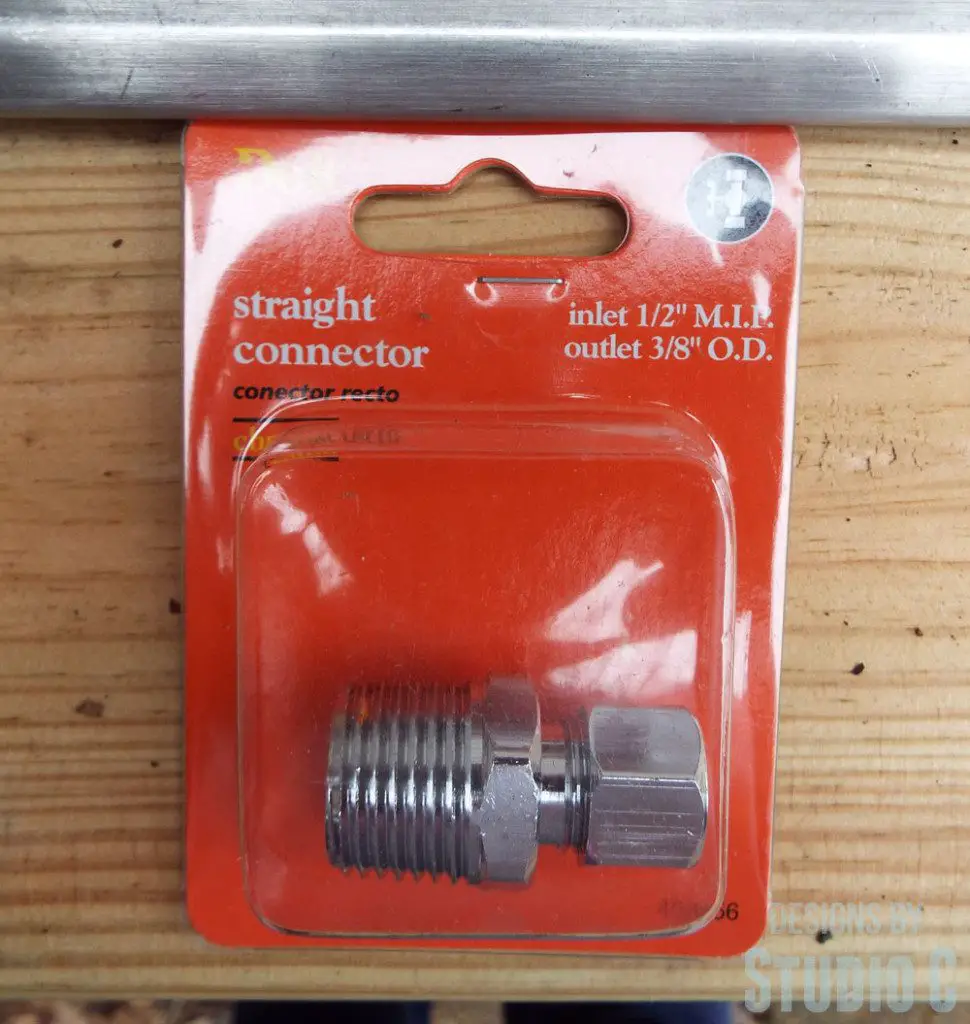
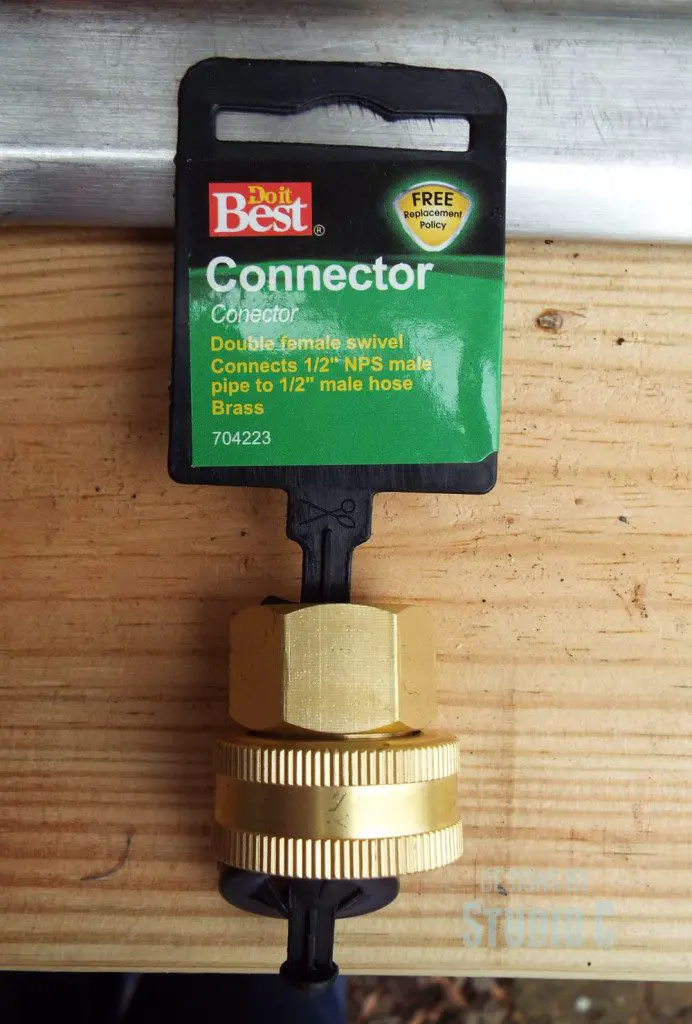
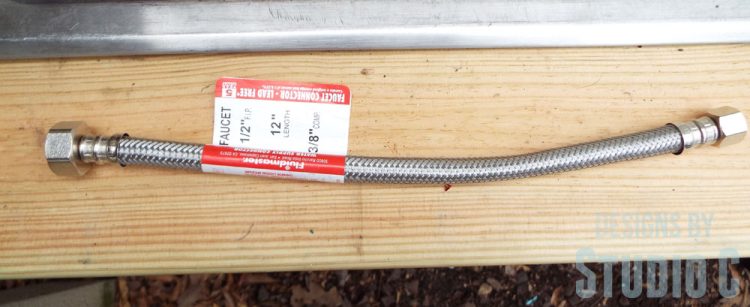
I connected my outdoor hose to the sink for the water. A line can be connected to both the hot water handle and the cold water handle, though obviously there will be no hot water. In my setup, I only have one line running to the cold water handle. Eventually, I will connect a line to the hot water handle so that it won’t matter which handle I turn on – I will have water on either side! I connected a “Y” splitter on my spigot so that I could keep my regular garden hose connected to the water, then will eventually add another “Y” splitter to the leader hose to run the line to the hot water handle, as well.
Read more : The Best Garden FurnitureTo Leave Outside
Use teflon tape on the threaded (male) ends of the connections. This will make it easier to take them apart, especially if they corrode and also during the winter so the water lines don’t freeze.
Remove the compression nut and the brass ferrule from the straight connector. These parts will not be used. Apply teflon tape to the wider end of the connector.
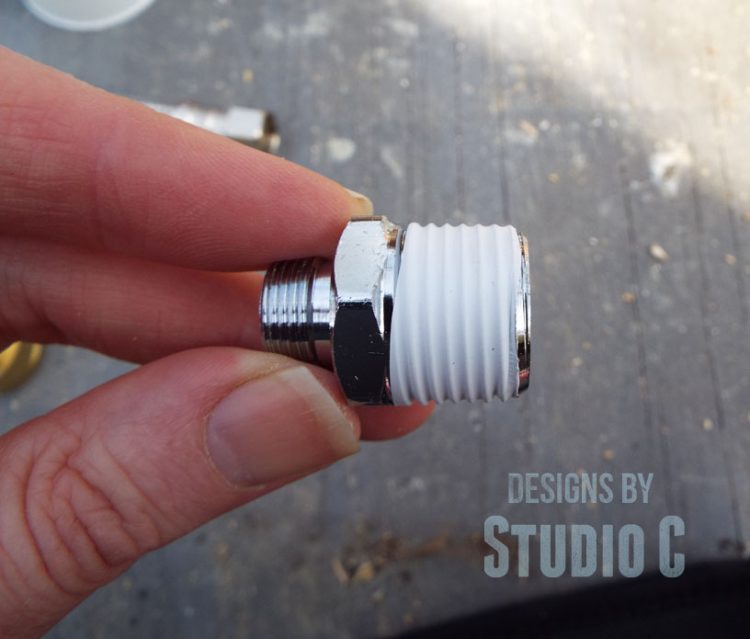
The straight connector will be attached to the brass hose connector.

Apply teflon tape to the narrow end of the straight connector then connect it to the narrow end of the faucet connector (water supply line).
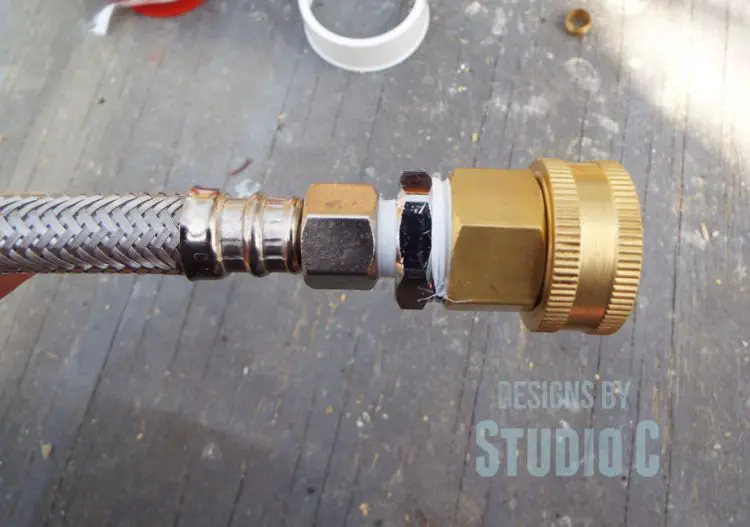
The faucet connector will then be connected to the faucet while the other end will be connected to the leader hose, which is in turn connected to the “Y” splitter at the spigot.
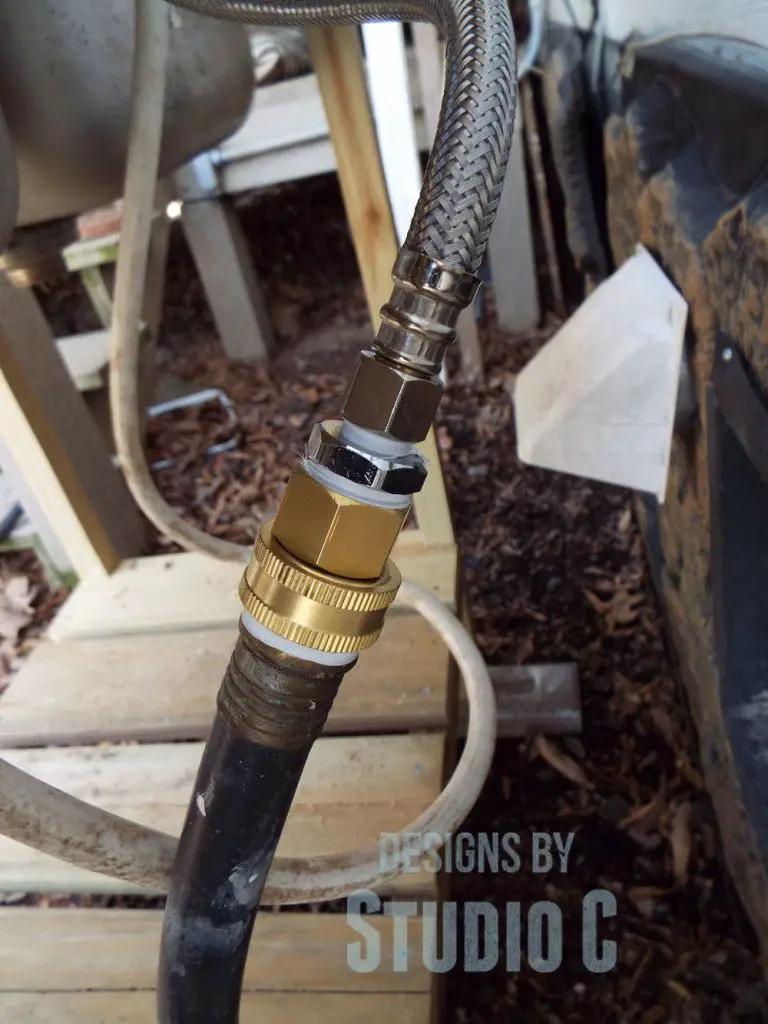
Read more : How Long Does Exterior Latex Paint Need to Dry Before Rain?
For the drain, I will connect a “T”-shaped drain which is exactly the same one that is found under the kitchen sink. Installing the drain is pretty straight-forward. Check the installation instructions on the packaging. (At the time I took the photo, I hadn’t installed the drain because the compression nut was corroded – I had to wait for my dad to bring a wrench back to the house!) Then, I will use a bucket to catch the grey-water.

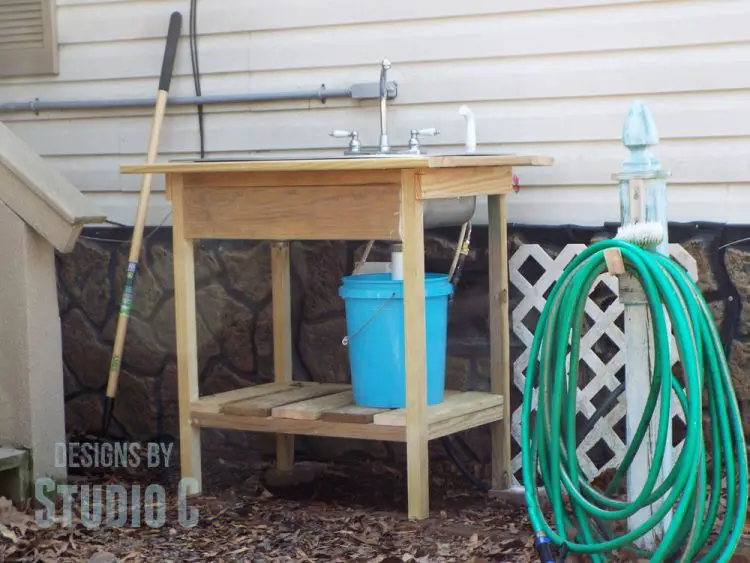

Eventually, I would like to dig a trench to lay a PVC drain that will flow into the drainage path at the front of our house then I won’t need the bucket anymore! For now, I’m liking the bucket!
Easy-peasy, right? I would like to thank the guys at my local Do It Best hardware store who helped me gather all of the parts to install the outdoor sink faucet! Have a question or two? Contact me at cher {at} designsbystudioc {dot} com. Don’t forget to check out the fist post in this series on how to install an outdoor sink!
Sharing with:
One Project Closer – Creativity Unleashed, My Repurposed Life
Originally posted 2014-03-27 08:00:46.
Source: https://gardencourte.com
Categories: Outdoor


